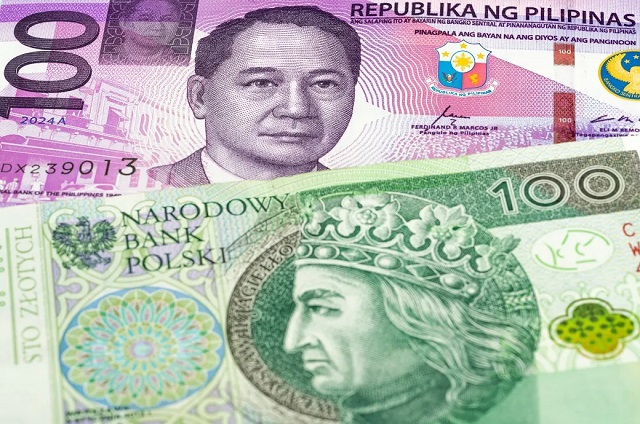The Philippines is projected to post the strongest economic growth in Southeast Asia in 2025, with HSBC forecasting a 5.4% expansion despite the impact of US tariffs and broader global uncertainties. Although slightly revised down from its earlier projection of 5.6%, the updated forecast remains robust given current conditions.
HSBC ASEAN economist Aris Dacanay attributed the downgrade to a slower-than-expected first quarter, which saw GDP growth of 5.4%, down from 5.9% in Q1 of the previous year. Nevertheless, the Q1 figure marks a modest uptick from the 5.3% growth recorded in Q4 2024. The Philippine economy grew by 5.6% over the full year in 2024.
Dacanay noted that US tariff policies have introduced new risks by dampening investor confidence, discouraging foreign direct investment, and reducing US imports—all of which could impact growth. However, these challenges are being offset by several domestic strengths: easing interest rates by the central bank, strong household consumption, rising credit activity, increased capital imports, and low inflation.
He also pointed out that the Philippines benefits from not directly competing with China in US-bound exports, which helps insulate it from some trade-related vulnerabilities.
Looking ahead, Q2 2025 is expected to see a rise in economic activity, with growth likely reaching 5.6%. This optimism is driven by improved consumption, higher service exports, increased investment, policy rate adjustments, and a front-loading of exports in anticipation of further tariff actions.
Despite lingering uncertainties, the Philippines’ economy appears resilient, with domestic demand and monetary easing expected to drive momentum through the rest of the year.





